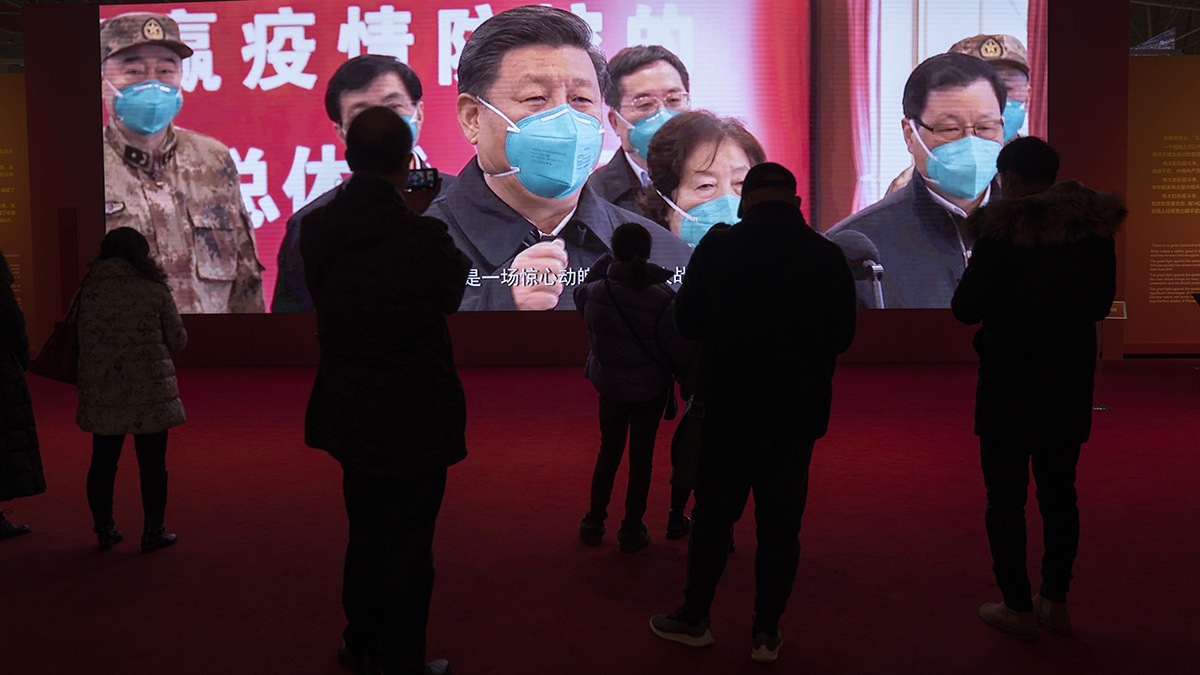As elementary schools across Massachusetts prepare to reopen to students, Boston families from communities of color rallied outside of the State House on Saturday to protest what they say has been a lack of their inclusion in the state's school reopening plan.
On Monday, elementary schools will reopen for full-time in-person learning by order of the state, except in communities that have received waivers.
Parents gathered outside of the Massachusetts State House at 3 p.m.
They directed their disappointment at the state’s Department of Education and Commissioner Jeff Riley for what they see as a “rashly-decided, poorly-planned” policies.
Some parents are worried about safety standards as well as minority and immigrant families that have been hit hard by the pandemic.
The rally comes after Massachusetts reported a record high of 1,045 new COVID -19 cases in schools this week, which experts attribute to full-time in-person learning, and an increase in COVID-19 testing among school districts.
In Marshfield, the district is taking it a step further and welcoming all students back at all seven of their schools. NBC10 Boston was given a behind the scenes look at some of the changes that will be in place at Marshfield High School.
Coronavirus Pandemic
Full coverage of the COVID-19 outbreak and how it impacts you
All desks will be three feet apart to allow for social distancing. The distancing guidelines mean not as many students will fit inside each classroom, which is why all furniture that is not necessary is being moved out. The district is also setting up outdoor tents to maximize space.
“You’re looking at square footage of a classroom. You’re looking at distance seat to seat. Drop off plans before and after school will have to change. We have to include mask breaks,” Marshfield Superintendent Jeff Granatino said.
With all of the protocols, some things will remain off limits. Students cannot use the lockers due to social distancing and at the high school, they are also doing away with a scheduled lunch in the cafeteria. Instead, the school day will be shorter with snack breaks in between. Take home lunches will be provided for those who need them.
“If we were to bring everyone in to a traditional lunch setting in the cafeteria, we wouldn’t be able to keep them 6 feet apart without having eight lunch periods,” Granatino said.
The district is trying to make it feel as normal as possible, but the sanitization stations and plexiglass barriers are just some of the reminders that the pandemic is still here. During what has already been a trying school year, they say the best way is to learn as they go.
“Marshfield is not alone, 351 cities and towns are trying to find ways to make this work and at the end of the day everyone is just doing what is in the best interest of the students," Granatino said. "That is what drives you."


